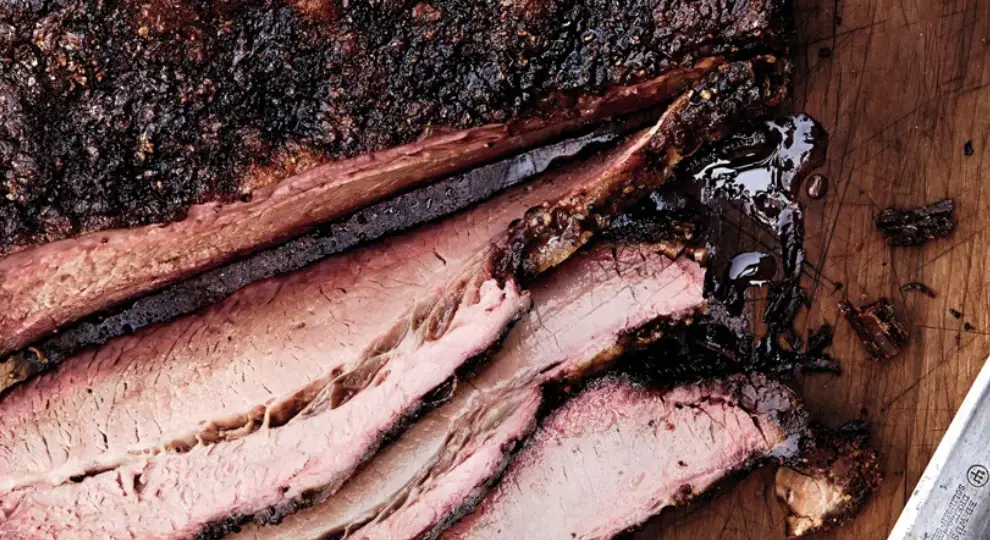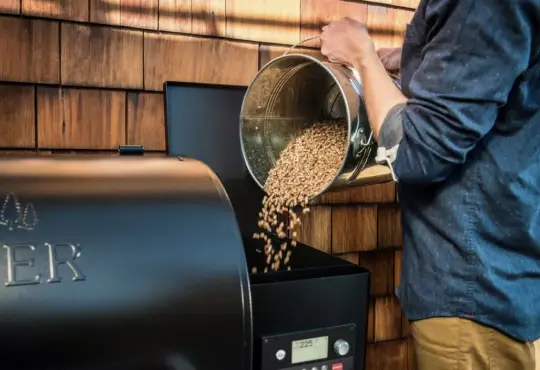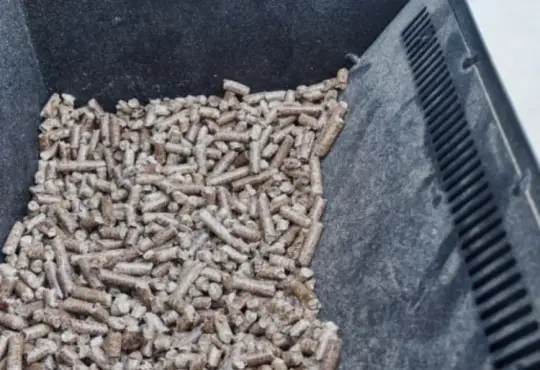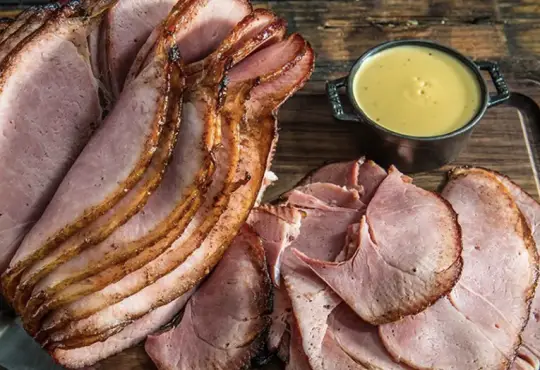
Mastering the Art: How to Prevent Your Brisket from Cooking Too Fast
Cooking a tender and flavorful brisket requires patience and precision, but sometimes, the process can take an unexpected turn when the meat starts cooking too quickly. The good news is that there are strategies you can employ to slow down the cooking process and ensure that your brisket reaches its full potential. In this blog post, we’ll explore the reasons behind brisket cooking too fast and provide practical tips to help you achieve the perfect brisket every time.
1. Temperature Management:
A brisket cooked at too high a temperature can result in it cooking too quickly on the surface while remaining undercooked inside.
Solution: Aim for a low and slow cooking approach. Set your smoker or grill to a lower temperature, around 225°F (107°C), to allow the meat to cook evenly and develop that sought-after tenderness.
2. Meat Thickness:
The thickness of your brisket can impact how fast it cooks. Thinner sections may cook faster, leading to uneven results.
Solution: Opt for a whole packer brisket with a consistent thickness throughout. If your brisket is uneven, consider folding thinner sections underneath or using heat-resistant items to elevate the thinner portions away from direct heat.
3. Direct Heat Exposure:
Placing the brisket too close to the heat source can cause it to cook too quickly, especially on the outer layers.
Solution: Position the brisket on the smoker or grill so that it’s not directly over the heat source. This indirect cooking method ensures a more gradual cooking process.
4. Foil or Wrap Techniques:
Wrapping the brisket in foil or butcher paper during cooking can accelerate the cooking process.
Solution: If you’re using foil or paper to wrap the brisket, do so later in the cooking process, such as during the “stall” phase. This will help prevent the meat from cooking too fast.
5. Monitoring Internal Temperature:
Relying solely on cooking time rather than monitoring the internal temperature can lead to overcooking.
Solution: Use a meat thermometer to monitor the internal temperature of the brisket. Remove it from the heat source when it reaches an internal temperature of around 195°F to 203°F (90.5°C to 95°C) for optimal tenderness.
6. Resting Period:
Skipping the resting period after cooking can result in residual heat continuing to cook the brisket, making it dry or tough.
Solution: Allow the cooked brisket to rest for at least 30 minutes before slicing. This resting period allows the juices to redistribute, ensuring a moist and tender result.
In Conclusion:
Cooking a brisket to perfection requires attention to detail and the right techniques to prevent it from cooking too quickly. By managing the cooking temperature, choosing the right cut, positioning the meat on the grill or smoker, using foil or paper strategically, monitoring the internal temperature, and allowing for a proper resting period, you can achieve the ideal balance between tenderness and flavor. With practice and these helpful tips, you’ll be well on your way to mastering the art of cooking a perfectly tender brisket every time.






